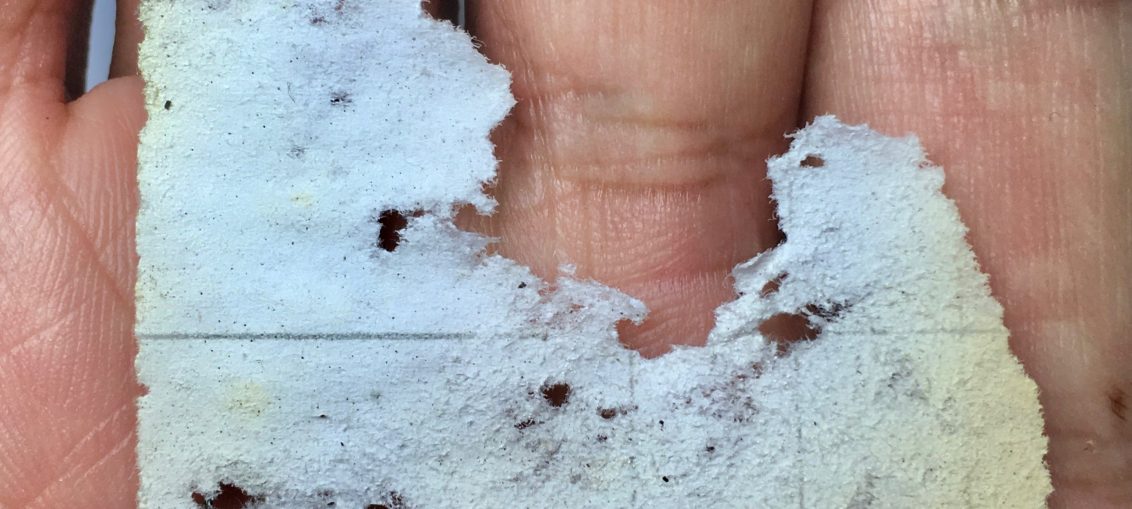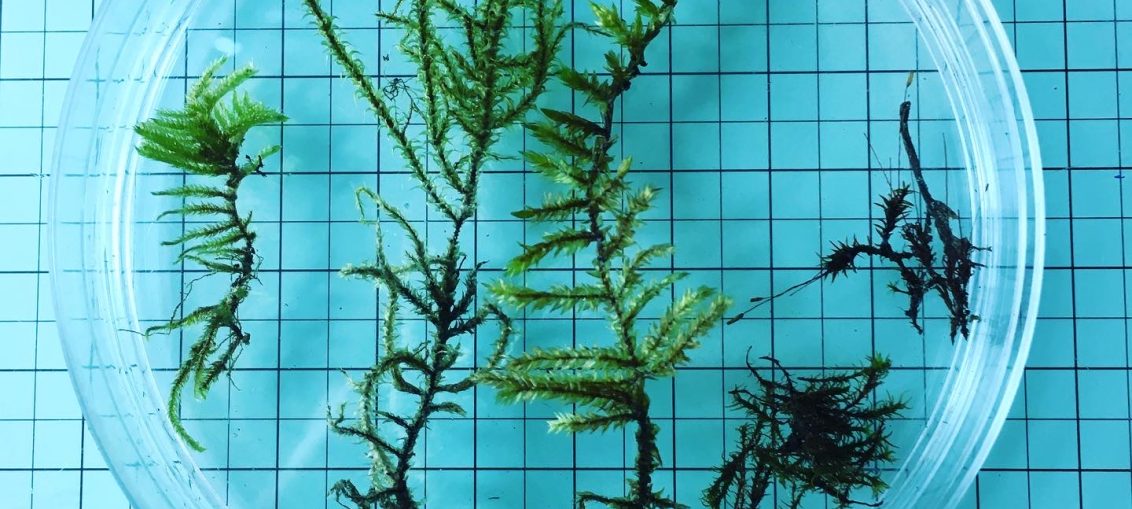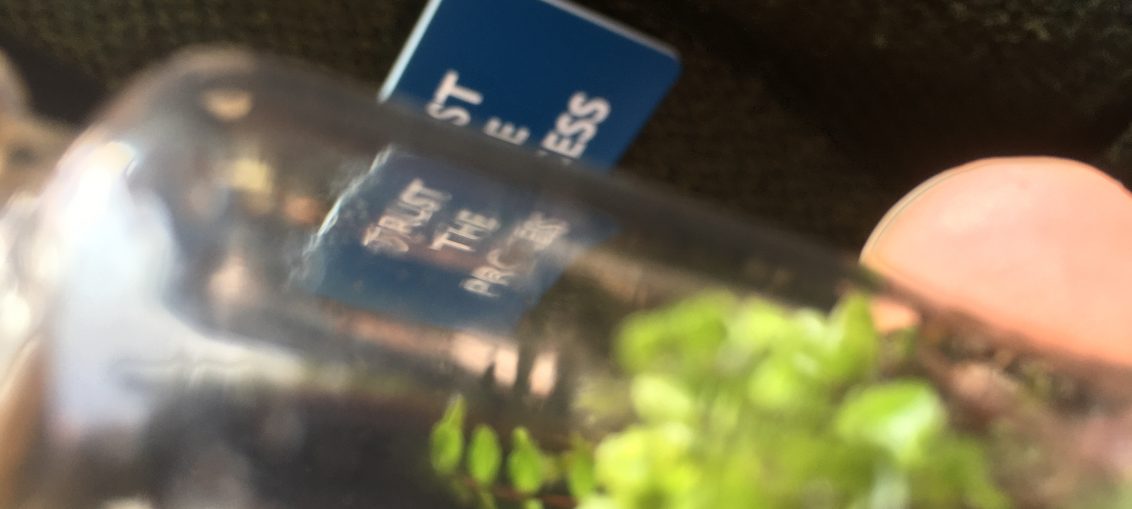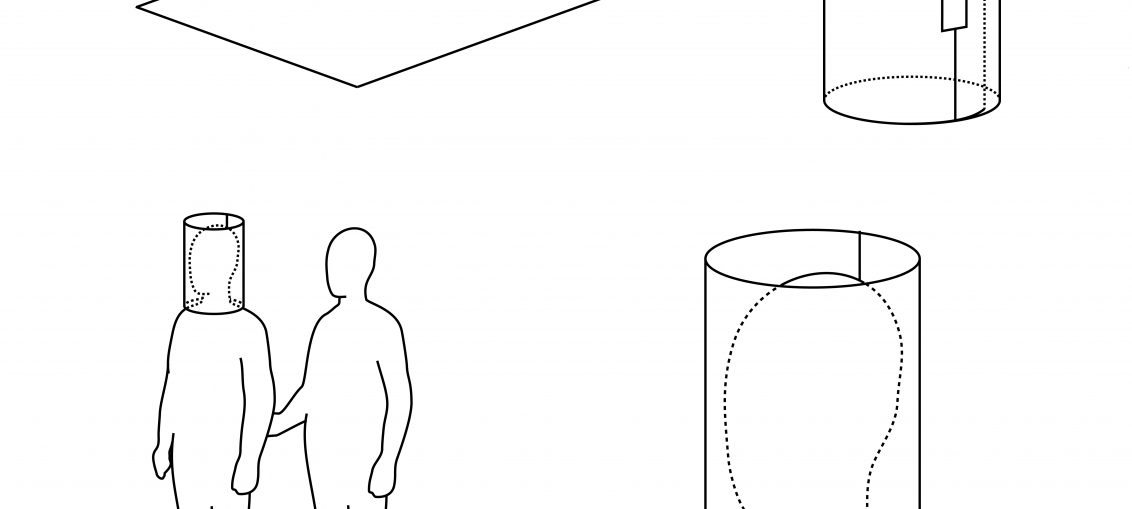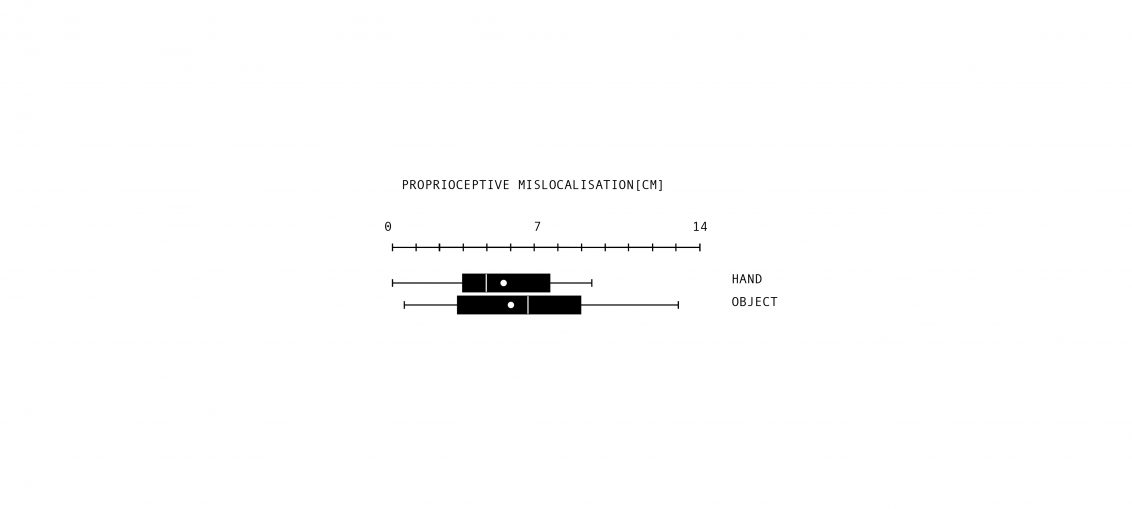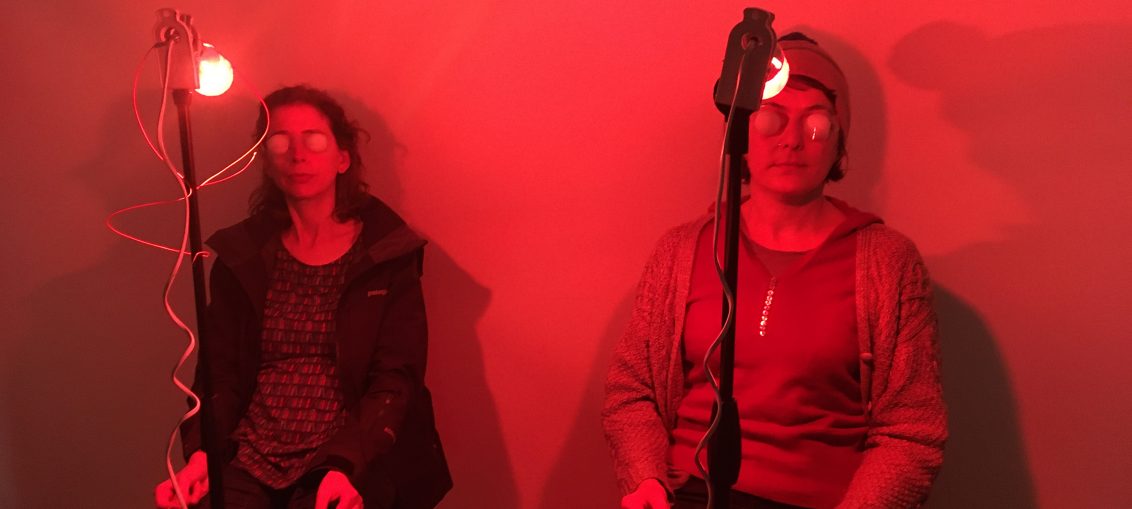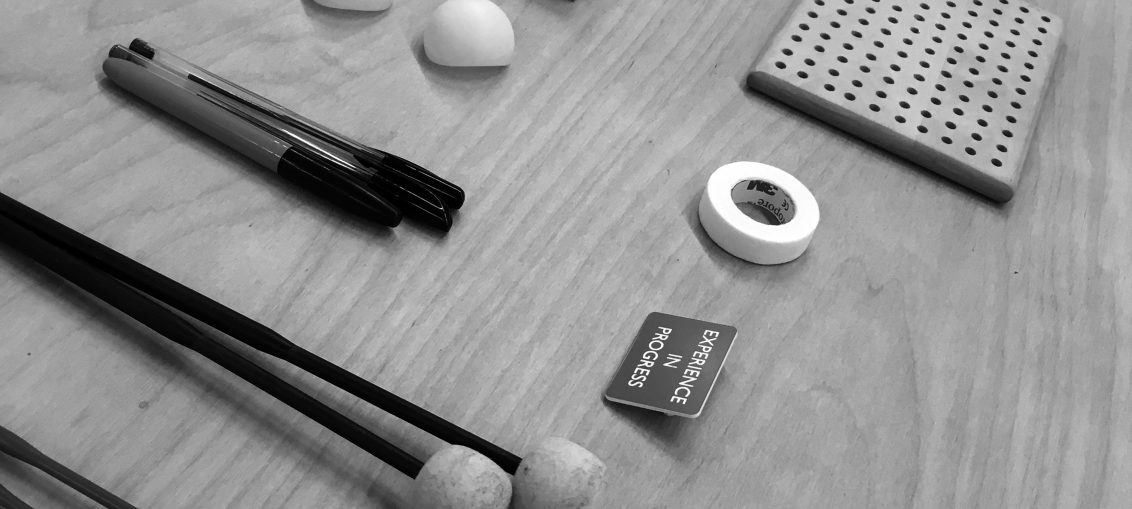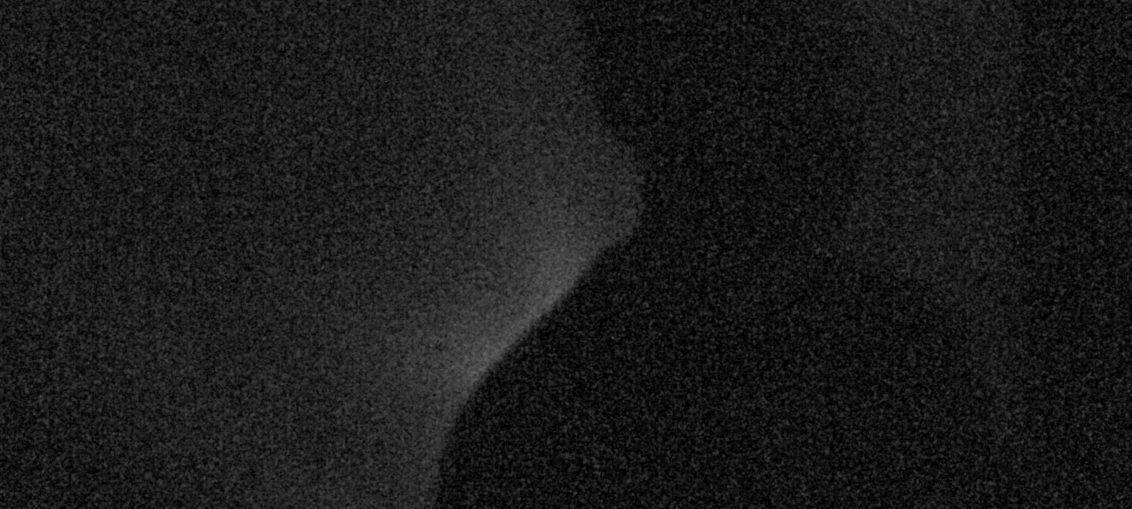Short 4k walk through woods by River Medlock and canal paths designed as part of the Gallery Oldham Bryophytes project. Daisy Nook is a beautiful woodland following River Medlock, intersected by the old Waterhouses Aqueduct and Hollinwood canal. It has a mixture of woodland paths and gravely wide tracks beside the canal, which are all great for moss. Look out for Liverworts on the muddy banks near the footpath and river. Also, check the fallen trees for different moss. Routplotter.com https://www.plotaroute.com/route/1618255 The walk starts at a car park off the A627 walk into the woods and down to the riverside. Notice the damp stones by the river and many fallen trees with interesting mosses and liverworts. Following the trail, through the woods beside the River Medlock, you
ART
PhD exhibition Launch
The Workshop as Art: Insight Into the Subjective Experience of Perceptual Illusion Through an Expanded Art Practice Exhibition of works submitted in partial fulfilment of the requirements for the Degree of Doctor of Philosophy This virtual exhibition presents a new body of work exploring perceptual illusion and the workshop as a form of art. The workshops explore the effects of simulating illusory experience through combinations of sound, light and touch, as well as sensory deprivation. The workshops highlight the extreme subjectivity of everyday experience and raise some more unusual questions: What is it like to be invisible? What is it like to be outside of our bodies? Or to embody an and entirely unfeasible object? And what is the role of imagination
On Decomposition and Interspecies Collaboration (Work-In-Progress) Various-Authors
A Live feed (the sound of woodlice eating and communicating) as the keynote presentation for the 'Hopsitality' symposium/conference 2021. This text talks about how this came about, and outline the presentation and details of the 'paper' that was produced. As part of 'Hospitality' a residency project with Proximity hosted by the UoC Fine Art writing group, a conference was organised as a final outcome and reflection on the project. The idea was that we would speak about our various practices and explore cross overs concerning the theme of Hospitality. Unfortunately, as the deadline drew near, we found ourselves having to find a keynote speaker at the last minute. At the time, I had been working on some sound recording experiments, listening
Fieldwork: Bryophytes collected in a neglected building site
Gallery Oldham residency: Bryophytes Project
I will be doing a 3-month residency [funded by the NWCDTP (North West Consortium Doctoral Training Partnership) at Gallery Oldham (May to July 2021). I will be working in response to plant specimens in the natural history collection, specifically Moss (or even more specifically 'bryophytes' and other plants without roots). Since access to the gallery will be limited for some time, I will be working at distance (walking and cycling) revisiting historical sites of collection and re-collecting specimens. I will be talking with local experts, volunteers, environmental scientists, and other natural history enthusiasts, vital component parts of the museums as an ongoing collection process. Specimen envelope: cinclidioidesBryophyte Book Images of objects from the Gallery Oldham Natural History collection, Thanks to Patricia
Electronic Taste Perception Experiment – Workshop
Materials: Arduino, electrical cables prototyping board cocktail glass [or other receptacles] 4mm copper tape, Water. Instruction: The diagrams give an outline of the electronic circuit required to create an electronic taste perception experiment in conjunction with the Arduino code. The circuit is created through the body via a fingertip and another electrode which is placed inside the glass, the circuit completed when the drink enters the mouth. The potentiometer adjusts the frequency of the signal which in theory can then simulate different kinds of taste. Notes: Experiment with different liquids and food types to see how the electrical signal augments different flavours. Note that foodstuffs with high moisture content are more effective such as a cucumber. The circuit could be easily modified to include
The permanent possibility of experience [instructions]
The permanent possibility of experience. [Notes to come]
Experiment 8
Drawing of experimental apparatus. Participatory work. As yet unrealised. OLFACTION EXP. 8 / A0 drawing 2020 OLFACTION EXP. 8 / A0 drawing 2020
Plinth with unseeable object
I was honoured to be invited to contribute to WEDDING RITUAL an amazing curatorial project by Wes White / Wes Viola. I wrote about something Old [Plinth with unseeable object] Did something new [See the obscurist edition], proposed something borrowed and invented something blue [sort of]. "...Antony Hall is an extraordinary artist, experimentalist and thinker. His work frequently plays with our perception of reality, sometimes presenting as everlasting magic tricks (for example, his Perpetual Coffee Vortex and Continual Slow Drip). Hall is also one part of Owl Project, the sound-art collective responsible for the iLog, at least one incarnation of which Bjork is rumoured to have added to her collection of instruments. The ENKi project explored the limits of human interaction with electric fish. I was fortunate to study at Strode College with Tony (on the course now led by Duncan Cameron, then our sculpture tutor), and have followed his artistic
BEYOND THE INTERFACE OBJECT
“I find it has been helpful to break away from the thesis writing and experiment with other ways of writing just for fun. Recently taken part in several creative writing courses and have learnt some great exercises such as; thinking about the thesis as a story, writing your thesis in 9 sentences, writing a 1 min and 5 min thesis talks. I found that trying to get all the ideas in the thesis across in a short space really helps work out the key messages I need to communicate. Since I enjoy science fiction and my thesis is on the subject of science and art; I thought it would be fun to try writing my thesis abstract as if it were a catchy back
Reactor model
Reactor model for collaborative practice / Work in progress 2020 / Drawing 2020
You are the object of your own observation / Diagram
You are the object of your own observation 2020 / A0 Drawing You are the object of your own observation 2020 / A0 Drawing
Para-Lab moss collecting Meander
A walking workshop with para lab. I created this bottle with instructions and hand-drawn illustrations, a different one for each bottle. We walked around manchester and collected mosses from some unusual sites, the route took us through some back streets and along the canal. Finally, we stopped at 'Home' constructed bottle gardens while chatting and drinking coffee.
Object without perception: Obscurist edition
Another Object without perception workshop took place online in the form of the Obscurist edition [an extremely limited edition of 1] which included content designed especially for Wes Whites Wedding Ritual Project. A video was used during the workshop with flickering blue and white frames which provided the visual stimulus for the ganzfeld experience. Object without perception: Obscurist edition Object without perception: Obscurist edition Using the screen sharing facility of Zoom made for a strange intermittent, irregular flicker. Having run out of ganzfeld goggles I participated with my eyes closed.
Para Lab – Meander~Delta
On the 28th / 06/2020 para lab met up at Brunclough reservoir. Everyone was tasked with creating ’a device to test the material properties of a thing’. I produced an edition of 15 Meander~Delta objects [drawings and text contained within a petri dish] with which to collect things and make notes, I also brought a homemade tardigrade extractor [salad spinner]. The wind and rain on occasion proved to be too disrupting to do any detailed work – or too difficult even speak to each other… https://www.instagram.com/p/CB-3MrkllD6/?utm_source=ig_web_button_share_sheet https://www.instagram.com/p/CCBafc3F-2n/?utm_source=ig_web_button_share_sheet
Self-isolation
Ganzfeld Variations [Translucent paper cylinder method] From a series of workshop in the 'Experiments in Art and Perceptual Illusion' series, aimed at changing perceptions, heightening awareness, and ‘making strange’ of everyday experiences. Instructions for making: 1/ Cut section of greaseproof paper long enough to wrap around your head. 2/ Secure with tape to make a cylinder. 3/ Place overhead. You will sense the warmth of your own breath, and the loud sound of the paper near your ears. You will see colour and light but no detailed shapes. You will see the texture of the paper, but try to see beyond this. At first, this may feel claustrophobic [You might want to cut small holes for breathing or listening, but these should not
Measuring Anomalous experience.
Questionnaire results
Tabletop Experiments
A manifesto to celebrate 20 years of Tabletop Experiments. 1. The Tabletop Experiment is essentially amateur and DIY in its endeavour. It concerns science as recreation and as a practice that necessitates its own re-creation. 2. It is assembled from items readily available in the home, domestic technology; kitchen utensils, liquid soap or aquarium parts for example. 3. It is based upon a specific phenomenon of interest; an artefact of subjective perception, the physical behaviour of liquid, or the physical behaviours of an animal for example. 4. It is a discrete environment: a device, or instrument, within which a unique phenomenon can exist. Ideally this should be a rapidly developed prototype, which affords an aesthetic interplay between materials and technologies, driven by incidental function and serendipitous accident. 5.
Proximal Osmosis Collaboration
Osmosis is the gradual permeation of ideas between different fields. It implies a passive slow diffusion, an unconscious assimilation of knowledge. In biology it is a process by which molecules tend to pass through a semi-permeable membrane from a less saturated medium into a more saturated one. This leads to two mediums of equal saturation through a one-directional flow, resulting in two different volumes. These illustrations explore the idea of osmosis as a model for ‘collaboration’ as an alternative to the idealised collaborative sciart model often represented through the vesica Piscis [Fig. 1 and 2]. One in which ideas permeate through osmotic proximity [3] created by collaborative environment and mediums separated by a ‘proximal membrane’ through which ideas and knowledge
Emergent Strange faces
https://www.youtube.com/watch?v=cs48nJo3ukU&feature=youtu.be Emergent strange face from recent workshop at Manchester Science Park A night vision camera captured video during the experiment from behind the mirror[see diagram here]. This used the program Isadora to detect movement using a ‘difference filter’ and building up an image using 'shimmer' and 'motion blur' filters with a long decay rate. An image builds up based on the collective movements of all 3 participants. A collective strange face. Emergent strange face from Proximity project Emergent strange face from Proximity project
Proximity – @ Paradise works 11/12/2019
GANZFELD Translucent White Hemispherical Domes x 2 45mm diameter. Handmade signed edition of 20. Image: Anya Stewart Maggs Images from the Proximity show at Paradis works; I created these handmade cardboard box containing two ‘Ganzfeld Hemispheres’. These are translucent white domes perfectly shaped and crafted to fit in the eye socket, with elastic strap and small ceramic bead for adjustment. Inside are a set of instructions. A signed edition of 20 was produced as a workshop resource. The work is activated through its use, and the experiences that come through its use, and continued practice. Ideally, it should be stored alongside other items in the medicine cabinet. [See the current version of this workshop - Perception without object] I also showed a series of transcripts
Schematic for mirror gaze experiment
Seven Practical experiments
Images from 'Seven Practical Experiments' workshop as part of Sum total of all the actions at Rogue artists studios. 1: Feldenkrais - See notes on the inwardly generated image (by deformation of the eyeball) 2. Anomalous perception scale Spontaneous sensations 3: Action intention paradox [See developmental notes] Alien hand 4: Concerning the inwardly generated image [See notes on Ganzfeld variation 1] 5: You are the object of your own observation [See notes on the mirror gaze experiment] 6: You are the object of your own observation. Mirror Gaze experiments in near darkness. 6: Perception without object [The perception of spatial relationships in respect to the orientation of one's body despite distracting information] See notes on Ganzfeld variation 2 7. The permanent possibility of experience. An based on the experiments of Ernst Mach [Notes to come]
On the inwardly generated image
A visual perception activity based on an Eyeball ATM [awareness through movement] an activity used in Feldenkrais [Teresa Brayshaw led the original session at the [Re]Action lab atLMJU] This session had the addition of generating phosphines in the eyeball through excitation and deformation of the eyeball.
Concerning the inwardly generated image
Testing the autoscope
Extracts from an experiment/performance with the Autoscope, to see if the feeling of disembodied/remote presence is amplified through taking on a challenging physical task, and to explore how this affects our perception of the landscape. Thanks to Andrew P Brooks for film and photography. "Autoscope builds on laboratory-based simulations of out of body experiences; the portable device allows the participant to freely navigate the world, experiencing themselves in 3rd person, as part of the landscape via a live video feed to a head-mounted display. The visual mechanisms are important in this illusion, but tactile and sonic stimuli further strengthen the effects. https://www.youtube.com/watch?v=yY7bs2Lih0Y&t=386s

